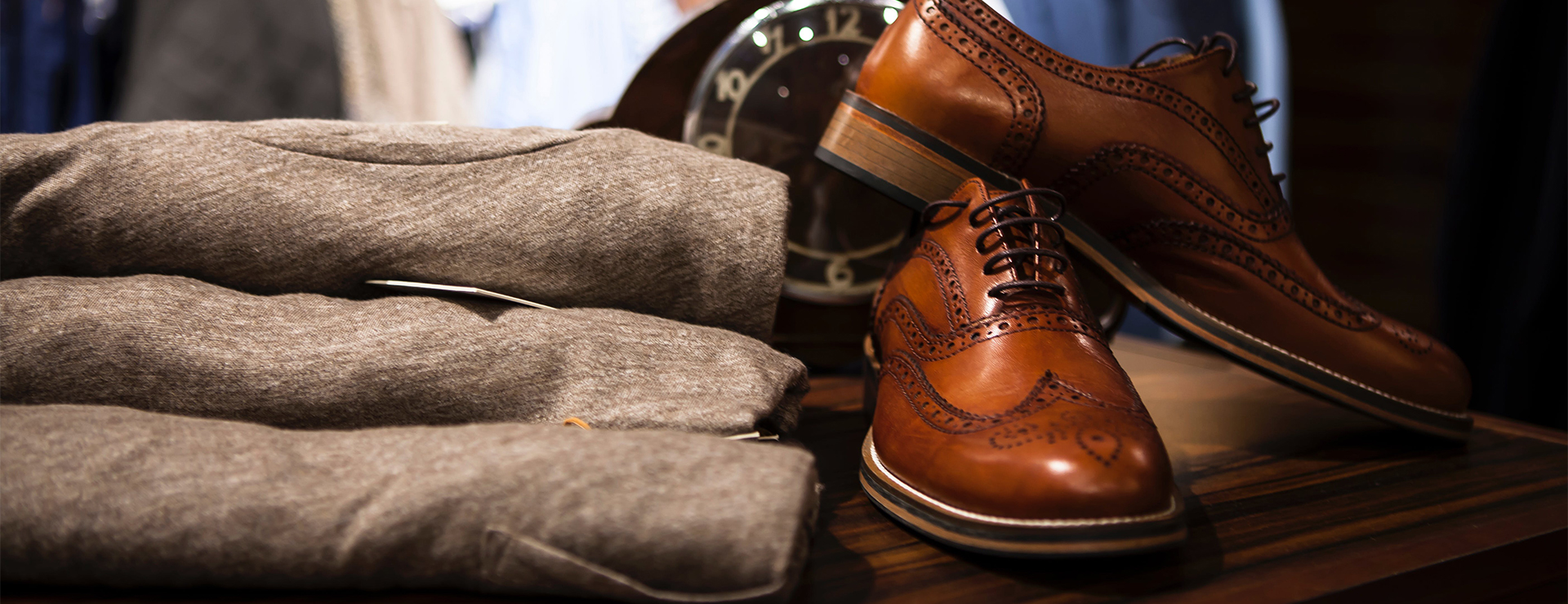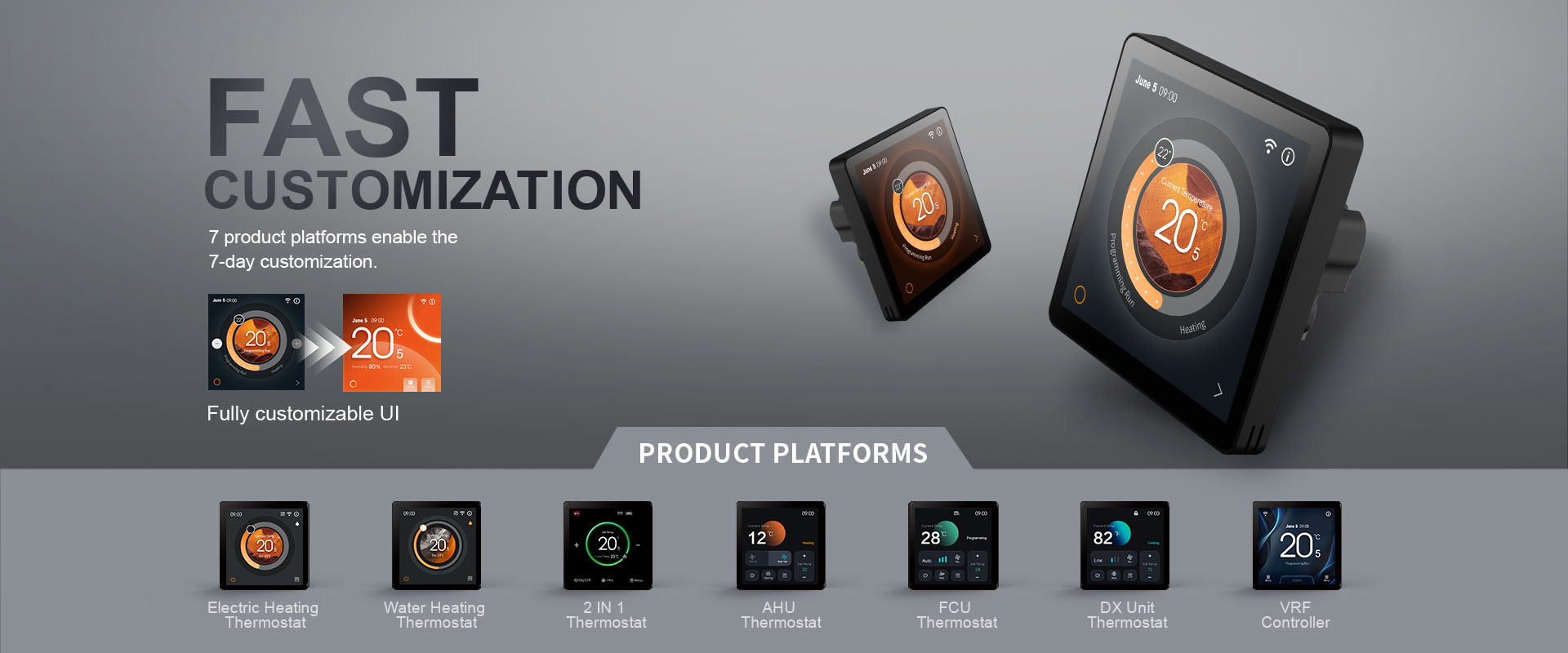For the discerning outdoor enthusiast, winter gear has long been synonymous with technical shells and lofty down-filled puffers.
While supremely functional, these options often present a trade-off between ultimate weather protection and everyday versatility, style, and packability.
Enter the unsung hero of modern outerwear: the lightweight insulation jacket. No longer a mere fair-weather layer, a new generation of puffer jackets is emerging from premier outdoor brands, engineered with sophisticated material science to provide exceptional warmth without the bulk, seamlessly bridging the gap between the mountain trail and the urban landscape.
The paradigm has shifted from "more is more" to "smarter is better." The core challenge of any insulating garment is to trap body heat while managing moisture. Traditional insulation fails here, as it absorbs moisture and loses its insulating properties. The breakthrough lies in transforming the humble puffer jacket into a technical piece by pairing a comfortable, natural-feeling outer shell with high-performance linings and insulation that create a stable, warm micro-climate around the wearer.
The Engine Beneath the Shell: Core Technologies
The magic of these jackets is invisible, residing in the advanced materials used for insulation and moisture management:
Premium Synthetic Insulations:
The workhorses of this category are ultra-efficient synthetic fills like PrimaLoft® Gold with Cross Core⢠technology or Polartec® Power Fillâ¢. These are not the stiff, bulky polyfills of the past. They are engineered, featherless mimics of down, creating a dense matrix of ultra-fine microfibers that trap immense volumes of air for superior heat retention. Crucially, they retain over 90% of their insulating power even when wet, a critical advantage over natural down and a fatal flaw of traditional cotton.
Radiant Barrier Linings:
Inspired by thermal technology used in space blankets, some brands incorporate linings with a subtle metallic finish. This material works by reflecting your body's radiant infrared heat back to you, creating a significant warming effect without adding a single gram of traditional insulation.
Advanced Fabric Construction:
The outer jacket shell itself is often a blend, reinforced with nylon or polyester for durability, and uniformly treated with a high-performance, eco-conscious DWR (Durable Water Repellent) finish. This allows the jacket to shed light precipitation and snow, keeping the underlying insulation dry and effective.
Spotlight on High-End Innovation: Recent Launches
This trend is being led by premium outdoor brands that are applying their rigorous performance standards to this new category.
Arc'teryx: Gamma Lightweight Hoody (and Insulated Variants)
While Arc'teryx is famed for its hard shells, its Gamma series represents a masterclass in soft-shell engineering. The Gamma Lightweight Hoody uses a cottony-soft, yet highly durable WeeBurly⢠double-weave fabric that is wind-resistant, water-repellent, and breathable. While some versions are uninsulated for active use, the design philosophy aligns perfectly with this trend. For colder conditions, Arc'teryx layers this type of technical soft shell over a core layer like a Atom LT Vest, creating a system that is warm, incredibly lightweight, and far more versatile and stylish than a single bulky jacket. It exemplifies the "system" approach to warmth, where a cotton-tech shell is a key component.
Patagonia: Nano Puff® Hoody with Recycled insulation Shell
Patagonia has been a pioneer in this space for over a decade, and its recent iterations of the iconic Nano Puff are more relevant than ever. The latest versions sometimes feature a 100% recycled cotton canvas outer shell. Beneath this minimalist, earthy-textured exterior lies 60g of PlumaFill⢠insulationâPatagonia's proprietary PrimaLoft®-based synthetic down. This combination provides an exceptional warmth-to-weight ratio, is highly packable, and maintains its performance in damp conditions. Itâs a perfect example of a brand merging its deep environmental ethos with cutting-edge thermal efficiency, offering a jacket that is as responsible as it is functional.
Klättermusen: Gere Jacket
The Swedish brand Klättermusen, known for its meticulous design and sustainability, offers a brilliant example with the Gere Jacket. It utilizes a robust organic cotton and recycled polyester blend for its outer shell, treated with a long-lasting PFC-free water repellency. It is insulated with 100% recycled polyester, and its design incorporates unique features like a built-in balaclava and reflective elements. The Gere Jacket embodies the Scandinavian principle of "functional minimalism"âoffering maximum utility and protection through intelligent, lightweight design, all while maintaining a distinct, clean aesthetic.
Winter Jacket Market Trends: A 2024 Summary
The rise of the high-tech insulation jacket is part of several converging trends in the outdoor market:
Versatility is King:
Consumers are investing in pieces that perform on a weekend hike but look appropriate for a casual Friday or a trip to the farmers' market. The technical insulation jacket is the ultimate crossover piece.
Layering Systems over Single Bulky Items:
The trend is moving towards adaptable layering systems. A lightweight insulated jacket serves as a perfect mid-layer under a hardshell in a storm or as a standalone outer layer in dry, cold conditions.
Sustainability as a Prerequisite:
The use of recycled, organic, and bluesign® approved materials is no longer a bonus but a baseline expectation from premium brands.
Aesthetic Refinement:
There is a growing demand for technical performance without the "astronaut suit" aesthetic. Brands are responding with cleaner lines, more neutral color palettes, and natural-feeling fabrics.
The 2027 Forecast: The Next Frontier of Winter Wear
Looking ahead three years, the evolution of these jackets will be driven by bio-innovation, smart technology, and hyper-personalization. Hereâs a prediction for the Winter 2027 product lines from leading outdoor brands:
Bio-Integrated Insulations:
The next wave of sustainability will be insulations derived from lab-grown bio-materials, such as mycelium (mushroom root) or algae-based foams. These will offer a closed-loop lifecycle, being both high-performance and fully compostable at the end of their use, moving beyond recycled content to regenerative materials.
Active Thermal Regulation:
Jackets will evolve from being passively insulating to actively regulating. Using lightweight, flexible Phase-Change Materials (PCMs) derived from plant waxes, the insulation will absorb excess body heat during high activity and slowly release it when you are static, effectively acting as a thermostat for your core.
The Seamlessly Connected Shell:
The jacket will become an integrated part of your digital ecosystem. We will see the advent of the "Connected out Shell," where ultra-thin, flexible solar panels woven into the shoulder or hood can trickle-charge a battery that powers integrated body-heat mapping. This system would use micro-heating elements in key zones (chest, lower back) to provide targeted warmth on demand, all controlled via a discreet app or even voice command.
Morphological & Climatic Customization:
Using AI and body-scan data, brands will offer jackets with dynamically mapped insulation patterns tailored to an individual's unique metabolism, body shape, and typical climate usage. Your 2027 jacket won't just be a size Medium; it will be calibrated for your body's heat map.
In conclusion, the high-tech cotton jacket represents a mature and intelligent approach to cold-weather dressing. By 2027, we will not just be wearing these garments; we will be interacting with responsive, adaptive systems that provide personalized comfort with minimal environmental impact. The future of warmth is not about carrying more insulation, but about wearing an intelligent, lightweight partner designed for the demands of a dynamic life.





